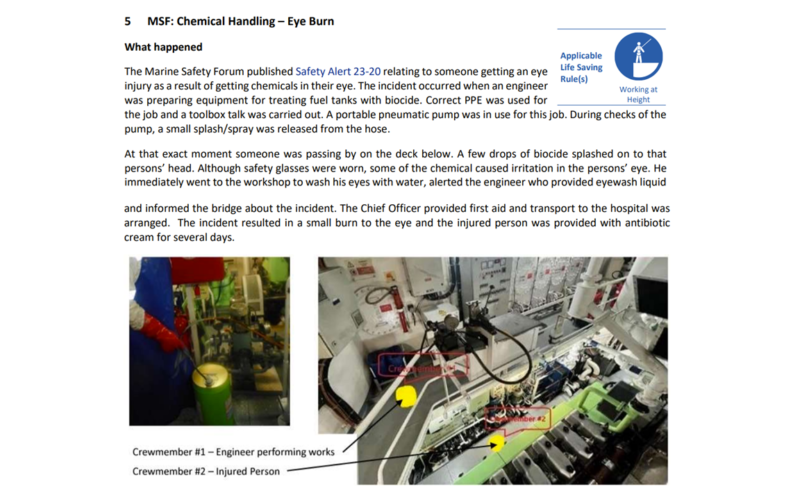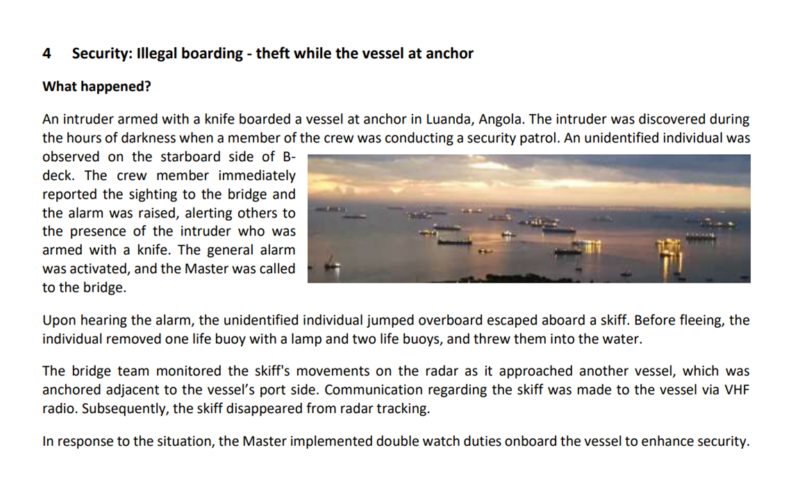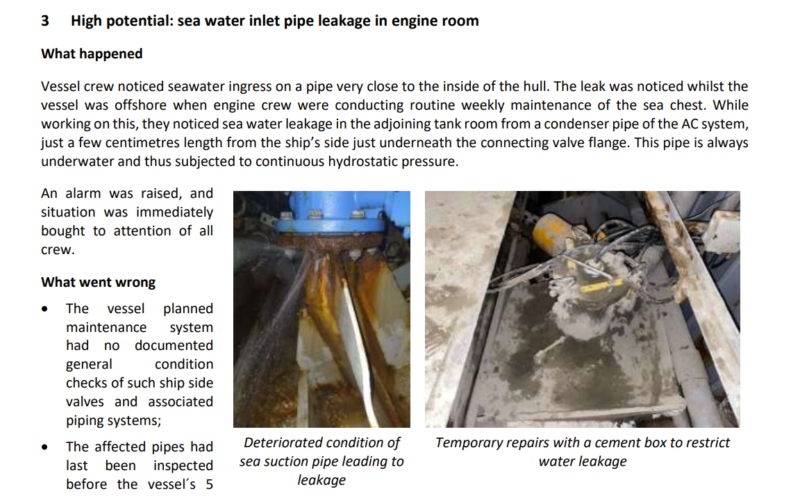
Description of Incident
For: duty holders and application contractors with annual shutdown (turnaround) scheduling and management of change meetings for PFP.
- Offshore:
- Offshore Installation Managers
- Offshore Inspection Engineers
- Fabric Maintenance Contractors
- Onshore:
- HSE Managers
- Technical Safety Engineers
- Integrity Engineers & Specialists
Passive Fire Protection (PFP) systems are safety critical with Performance Standard requirements.
Repairs need to be made to PFP from time to time.
When original products are no longer available, a management of change assessment is required to determine if a change in PFP product is acceptable.
Replacements may have like for like specifications, but may not be compatible with existing coatings.
Duty holders should engage with the original installed PFP product manufacturer early to understand what repair options are available.
The PFP manufacturer should present both fire and pre-fire durability independent testing to back their methods of repair.
Good Practice Guidance
The Energy Institute technical publication ISBN: 9781787252332 Guidelines for in-service management of passive fire protection coating systems. (https://publishing.energyinst....)
Section 7.4 Role of the Manufactures -First paragraph.
Where PFP is to be wholly or partly replaced, the relevant manufacturer should be presented with the review outcomes and asked to recommend a suitable material and its thickness that satisfy the PS¹ assigned to the protected element. Documented evidence of any testing carried out to support the recommendation should be provided, as should the preparation and application methods.
Advice on acceptance criteria for damaged passive fire protection coatings on offshore installations. (https://www.hse.gov.uk/foi/int...)
Background information for Inspectors. Second paragraph.
Anomalies in PFP coatings identified by inspection should be repaired based on the outcome of a risk assessment specific to the location, and severity of the damage. It is the duty holders’ responsibility to make decisions on a repair strategy. Duty holders are advised to use repair procedures provided by the material suppliers and manufactures for the standard repairs to PFP that typically involves the re-instalment of materials of the same type. These procedures cover surface preparation, reinforcement, etc. It is advised that certain procedures undertaken by integrity management contractors that involve “no-standard” repair procedures are avoided.
Importance:
Epoxy PFP can generate stress during cure and should the repair PFP material not have suitable durability testing then these repair areas may develop into a drop object potential. Therefore, where repair material differs to the original material in-service, a need for management of change process together with a design deviation assessment cannot be under stated.
Rate this alert
Average Rating
Latest Alerts & Moments
Our searchable catalogue of hundreds of Safety Alerts and Safety Moments are all designed as learning resources that can help improve workplace safety.


